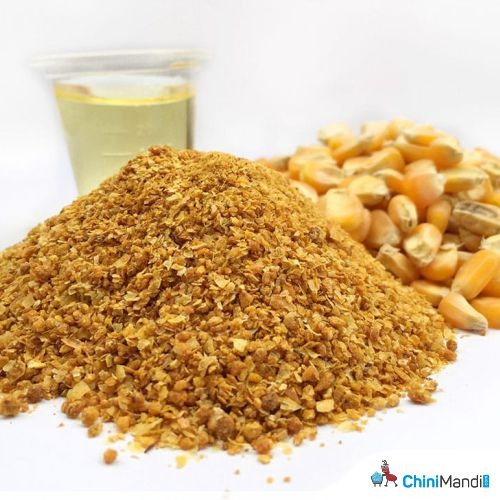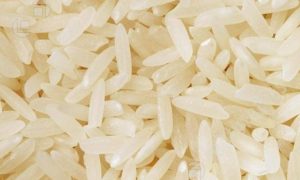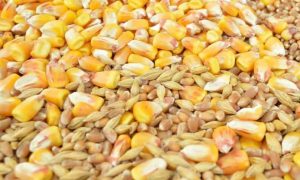India sees surge in exports of ethanol byproduct – DDGS; price drop remains concern for industry

India’s DDGS exports have surged, with maize DDGS rising from 30 MT in 2022 to 287,593 MT in 2024. Rice DDGS exports also grew, reaching 60,296 MT in 2024. However, falling prices—maize at USD 220/MT and rice at USD 324/MT—are concerning ethanol producers. GEMA highlights pricing pressures despite benefiting animal husbandry with affordable, protein-rich feed supplements.
India has witnessed a significant surge in the export of DDGS (Distiller’s Dried Grains with Solubles), a byproduct of ethanol production, in recent years. However, despite this growth, the industry is facing concerns over the continuing price drop of DDGS export. The surge in DDGS exports has made it a vital component in the animal husbandry sector, offering a protein and energy source for livestock, and poultry.
According to data from Grain Ethanol Manufacturers Association (GEMA), the export volume of Maize DDGS has experienced a growth over the last three years. In 2022, exports of Maize DDGS were just 30 metric tons (MT), but by 2023, this figure rose to 20,847 MT. In 2024, exports jumped significantly to 287,593 MT, marking an exponential rise.
Rice DDGS exports also grew, rising from 12,064 MT in 2022 to 60,296 MT in 2024, though still trailing behind maize DDGS in volume.
The export prices of maize and rice DDGS have shown differences. Maize DDGS prices fell from USD 239 per metric ton in 2022 to USD 220 per metric ton in 2024. On the other hand, rice DDGS prices dropped significantly from USD 435 per metric ton in 2022 to USD 324 per metric ton in 2024.

(Source : GEMA)
Maize and rice DDGS are both byproducts of the ethanol distillation process and are used as animal feed. They differ in their fat, protein, and amino acid content. Usually rice DDGS price is higher than maize DDGS because it has a higher protein content.
The low cost of DDGS has benefited farmers in the animal husbandry sector, providing a cost-effective feed supplement that enhances livestock health and performance. The affordability of maize DDGS has solidified its position as one of top sources of protein nutrition for animals.
GEMA President Dr. C.K. Jain emphasized that while DDGS has been a benefit for animal husbandry, its high volumes has brought pricing pressure and raised concerns for ethanol producers. High drop in domestic prices of DDGS has affected the profitability of ethanol plants, which rely on byproducts to offset production costs. Average ex-factory realisation of Maize DDGS is ₹13/kg and Rice DDGS is ₹17/kg. With stockpiles of DDGS accumulating, ethanol manufacturers could face challenges in the long term.
India’s increasing exports of maize and rice DDGS are positioning the country as a key player in the global animal nutrition market. In 2024, India exported nearly 287,593 MT of maize DDGS, strengthening its role in supplying cost-effective protein to global markets.
India’s growth in maize DDGS production and export is benefiting both the global animal husbandry industry and the country’s position as an exporter.
To read more about Ethanol Industry & Bio Energy News, continue reading Agriinsite.com
Source : Chinimandi














